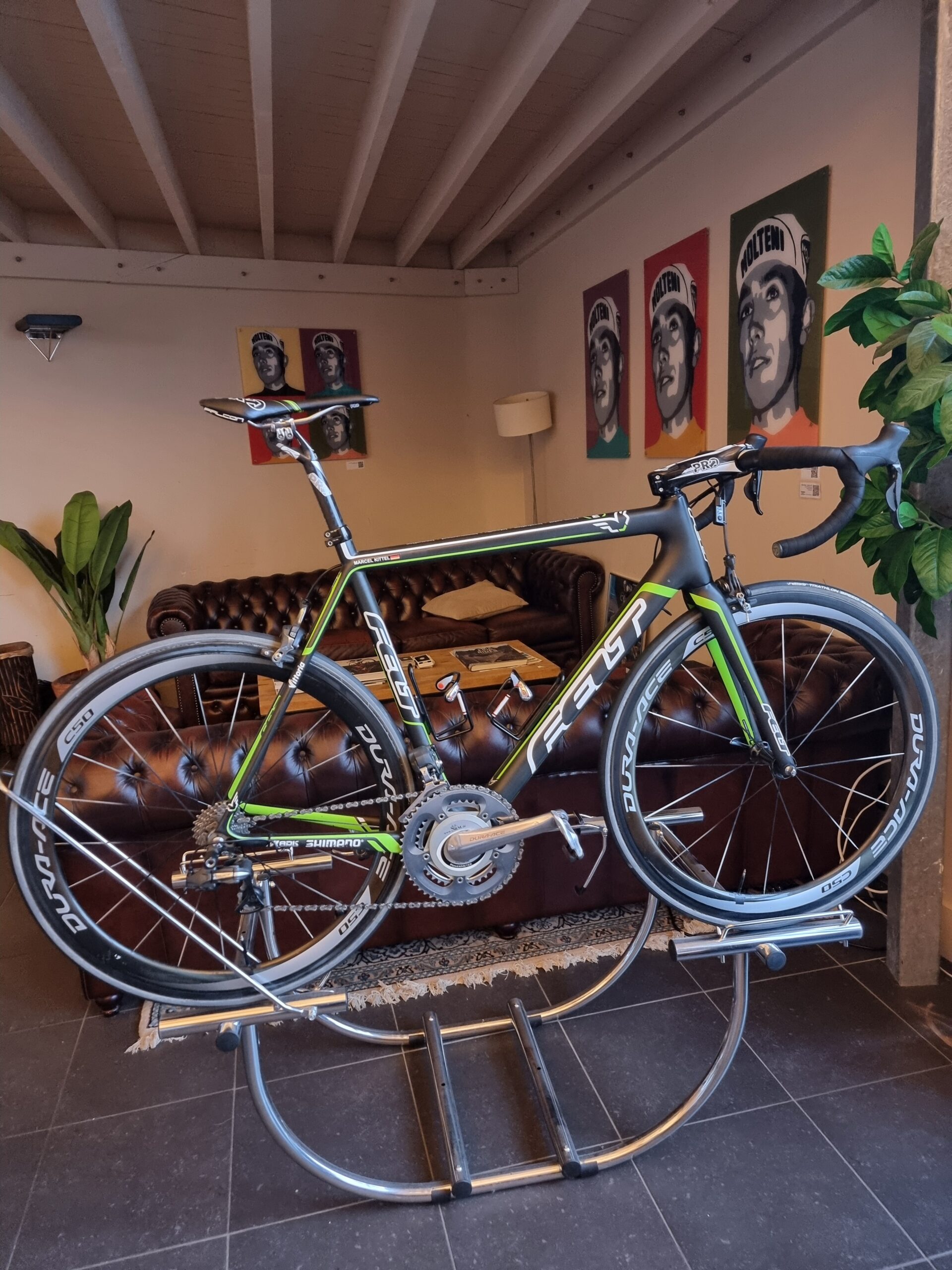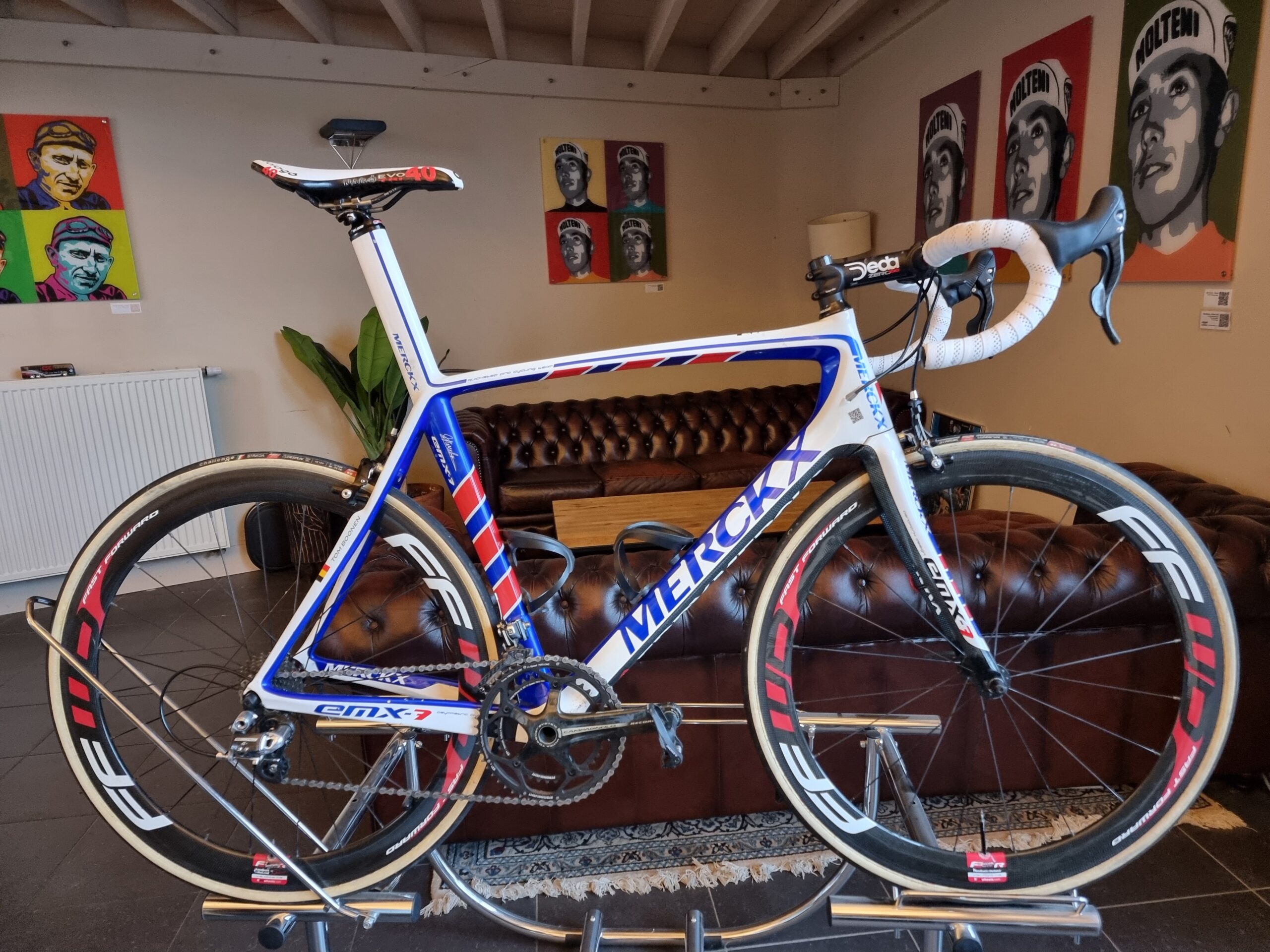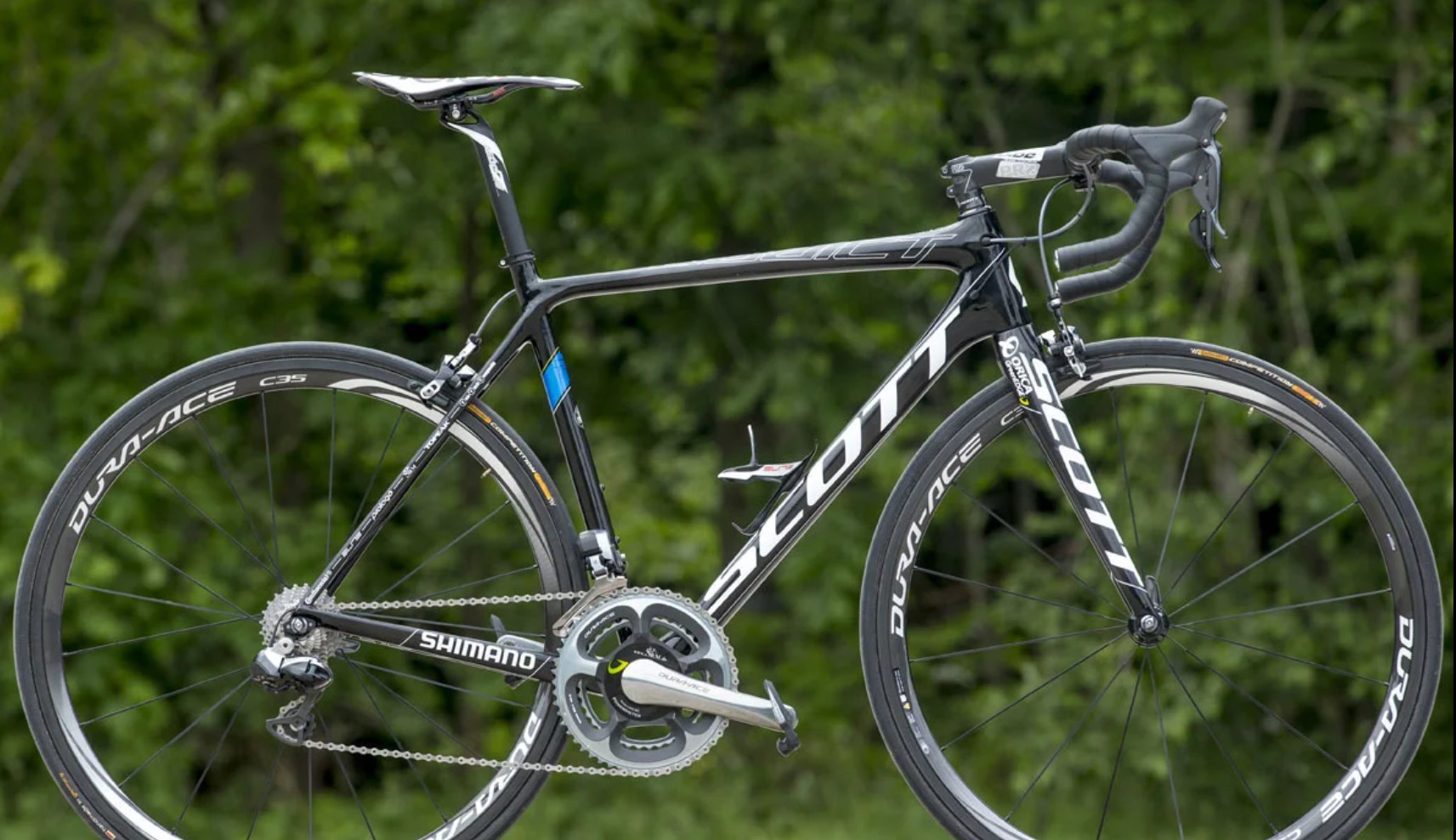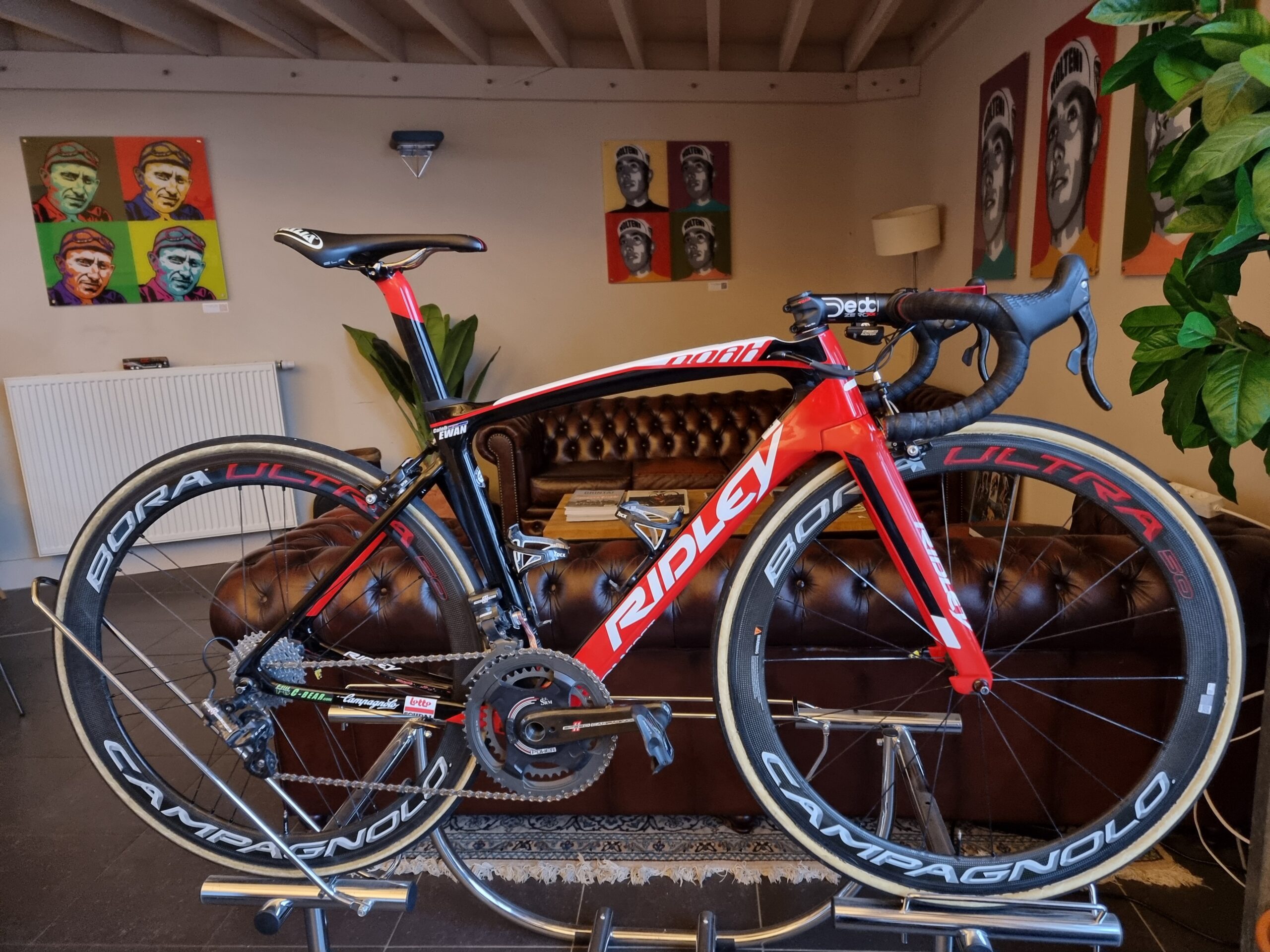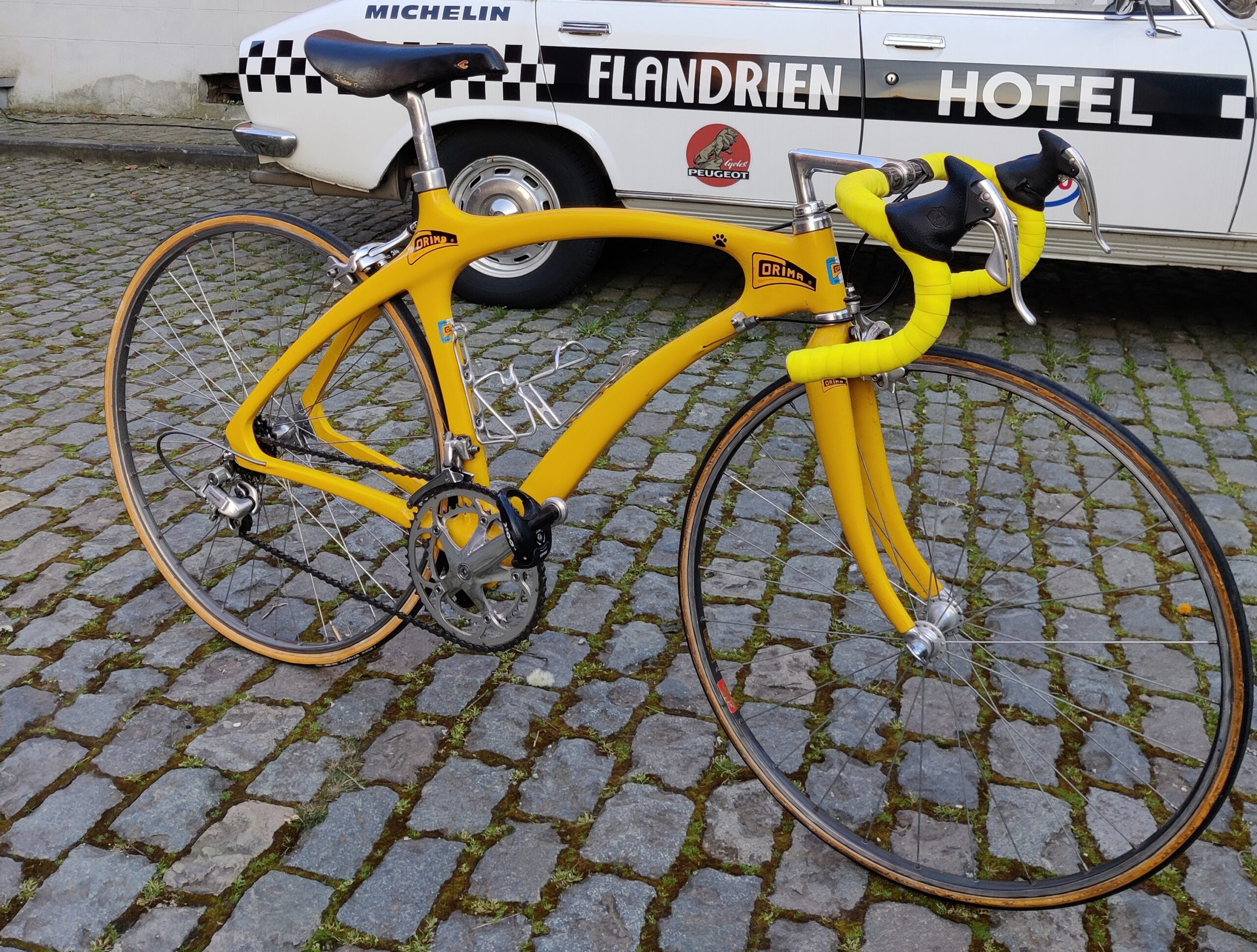Belgium, renowned for its rich cycling history, has produced some of the sport’s most illustrious figures, and among them stands Tom Boonen, a true Flemish cycling legend. Boonen’s career is marked by numerous victories, cementing his status as one of the greatest Belgian cyclists of all time and leaving an indelible mark on Belgian cycling.
Continue readingEddy Merckx EMX-7 – Tom Boonen
Belgium, renowned for its rich cycling history, has produced some of the sport’s most illustrious figures, and among them stands Tom Boonen, a true Flemish cycling legend. Boonen’s career is marked by numerous victories, cementing his status as one of the greatest Belgian cyclists of all time and leaving an indelible mark on Belgian cycling.
Continue readingScott Addict – Esteban Chavez
Esteban Chaves, the Colombian cycling sensation, has left an indelible mark on the professional cycling circuit, particularly during his tenure with the Greenedge Cycling Team. Known for his climbing prowess and tenacity, the Scott Addict was his steed of choice during his time at the Orica GreenEdge cycling team.
Continue readingRidley Noah Fast – Caleb Ewan
In the world of professional cycling, where every second counts and the wind resistance can be your biggest foe, there emerges a pint-sized powerhouse from down under – Caleb Ewan, the dynamo of the pedal-powered universe. And his weapon of choice at the Lotto Soudal cycling team was the Ridley Noah Fast.
Continue readingSpecialized S-Works SL4 – Mark Cavendish
In the illustrious realm of professional cycling, few names resonate with as much gusto as Mark Cavendish. The year 2014 marked a special chapter in the career of this British cycling maestro as he donned the colors of the Omega Quickstep Team, leaving a trail of awe on his way to the finish line.
Continue readingPinarello Dogma – Rigoberto Uran
Rigoberto Uran, the man with a name that sounds like a secret agent but pedals like a cycling maestro. Let’s take a delightful trip down memory lane to the 2009 season when Uran joined Team Sky and raced on this Shimano-equipped Pinarello Dogma 60.1.
Continue readingRidley Fenix – Andre Greipel
In the bustling world of professional cycling, where athletes are known for their fierce competitiveness and determination, one man stood out not just for his powerful pedal strokes, but for his warm and gentlemanly demeanour – André Greipel, affectionately known as “The Gorilla” in the peloton.
Continue readingTIME VXR – Michael Rogers
The QuickStep cycling team of the early 1990s was a dominant force in the sport, with a roster of talented riders that included some of the biggest names in cycling history. The team was renowned for its aggressive riding style and its ability to win races across a range of terrain and conditions.
Continue readingBianchi Via Nirone – Team Liquigas
The mid-2000s witnessed the rise of the Liquigas cycling team, a force to be reckoned with in the world of professional cycling. With the charismatic Italian sprinter Mario Cipollini as their star rider, the team left an indelible mark on the sport.
Continue readingCorima Puma – Genaro Prego
Corima is a French bicycle brand that has been a leading name in the cycling industry for half a century. Founded in 1973, the company is renowned for developing innovative and high-performance frames and wheels which are handcrafted in their workshops in Loriol-sur-Drôme, France.
Continue reading
